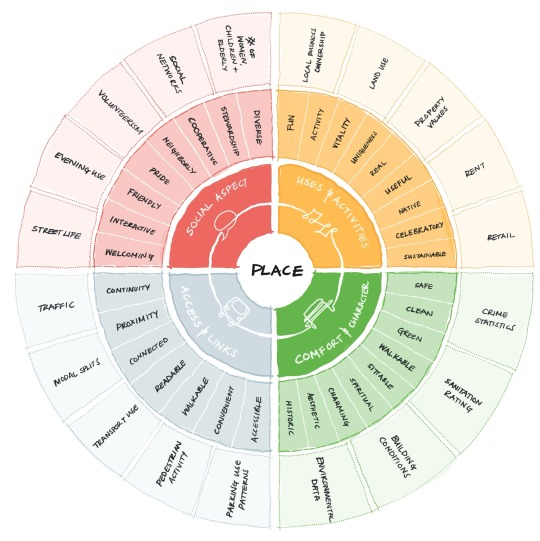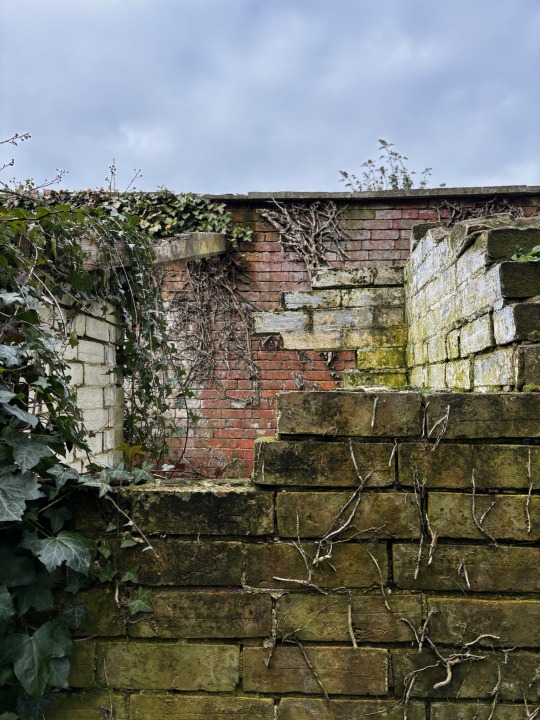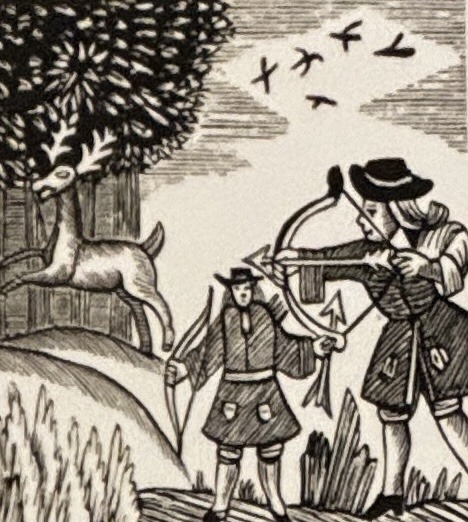Text
Nature Loss across the world

Source: WWF 2024 report for the environment
0 notes
Text
SDG15 & Aichi biodiversity targets

Biodiversity Loss: Alarm Bell Tolls – Analysis – Eurasia Review


In 2010, 20 Aichi biodiversity targets were set to help create a strategic plan for biodiversity. From 2011 - 2020, these targets were incorporated into National Biodiversity Strategies and Action Plans (NBSAPs). Based on recent data, none of the tagets have been met, with only six of 20 targets partially fulfilled. Adversely, 13 items have worsened during this time.
Issues around measuring data have also been highlighted - in many cases there is an absence of data to monitor the condition of the natural environment - there is a defined need to develop an appropriate and comprehensive monitoring and data collection mechanism to share in the benifits this can bring.
We must consider the link between the pillars of sustainability - social, economic and ecological - to develop more sustainable policy framework.
0 notes
Text
Exploration of the walled garden and greenhouses, late March.
0 notes
Text

Dublin lighthouse pavilion north of the titanic museum. Made of metal and glass, it reflects and projects light beautifully.
0 notes
Text

Incorporating elements of peacemaking and types of value inline with my previous research to ensure that we can propagate growth at Pylewell
0 notes
Text




Smallholdings
Smallholdings were smaller than farms, but still provided living quarters alongside space for grazing animals or growing fruit and vegetables. They provided an opportunity for local people living in the countryside to be self-sufficient.
A prime example of this would be the small dilapidated building clinging to the side of the walled garden.
0 notes
Text
The agrarian revolution
From the 18th century agricultural practices changed and improved considerably. Root crops were developed as part of the four year rotational cycle - wheat, root crop, barley, grass - which improved fertility and provided a winter food for animals which had previously been slaughtered and their meat salted down. The first agricultural invention - Jethro Tull's seed drill invented in
1700 - paved the way for future technology.
The practice of enclosing common land, and the enlargement of farms, meant smaller farmers lost out and peasants could no longer make a fiving. Agricultural societies were set up to spread good practice. This included the Lymington Agricultural Society, founded in 1799, although most of its members were from the surrounding parishes. New crops were also grown at this time - including potatoes and broccoli.

0 notes
Text
Cob cottages
Cottages locally were often built of cob in areas where there were limited building materials. Cob is a natural building material comprising soil, water, fibrous organic material like straw and sometimes lime. Cob cottages were common throughout the southwest, including parts of Hampshire.
Building with cob used readily available materials and required the minimum of skills, tools and knowledge. 'Professional' input was limited to basic skills such as puddling cob and ensuring the rearing or courses were vertical.

0 notes
Text
Lymington: a historic Market town

Lymington's charter gave it the right to hold a weekly market and an annual fair. This meant that the town became a focus for the local farms and villages as a place where they could buy and sell produce.
Here farmers could buy and sell cattle, pigs, sheep as well as cereal crops like barley, wheat and oats. Local farmers would also have travelled to other markets, such as the one at Ringwood to buy and sell stock and produce.

In medieval times use of Lymington's market was limited by the distance that farmers could walk or ride within a day. So the market would have been mainly for the use of local villages like Boldre, Sway and Hordle.
The arrival of the railways in the New Forest in the middle of the 19th century meant that farmers could travel further more quickly and both Lymington and Ringwood markets benefited from buyers and sellers from further afield. Lymington's market is still thriving today although its agricultural character is now bone
0 notes
Text
Reeds on Water - Alison Bolton (2024, b.1941)

‘Water is important to me and I am fortunate to live by and own a part of the Lymington River at Boldre Bridge. The river, fed by the golden, peaty streams of the Forest is often the colour of coffee and responds rapidly to an excess of rain further upstream, flooding the meadow at the bottom of my garden and sometimes blocking the road. It is home to sea trout and otters, occasional flat fish and grey mullet, kingfishers and herons.
The reedbeds have also fascinated me. They are transformed from green rustling reeds, alive with reed warblers and sedge warblers in summer, to the dead whispering stems and silvery plumes of the dried flowers in winter. Reflected in the water, they have formed the subject matter for a series of paintings, being particularly dreamlike at dusk with the light behind the pale seed heads and the cries of water rails squealing as they settle down for the night.'
0 notes









